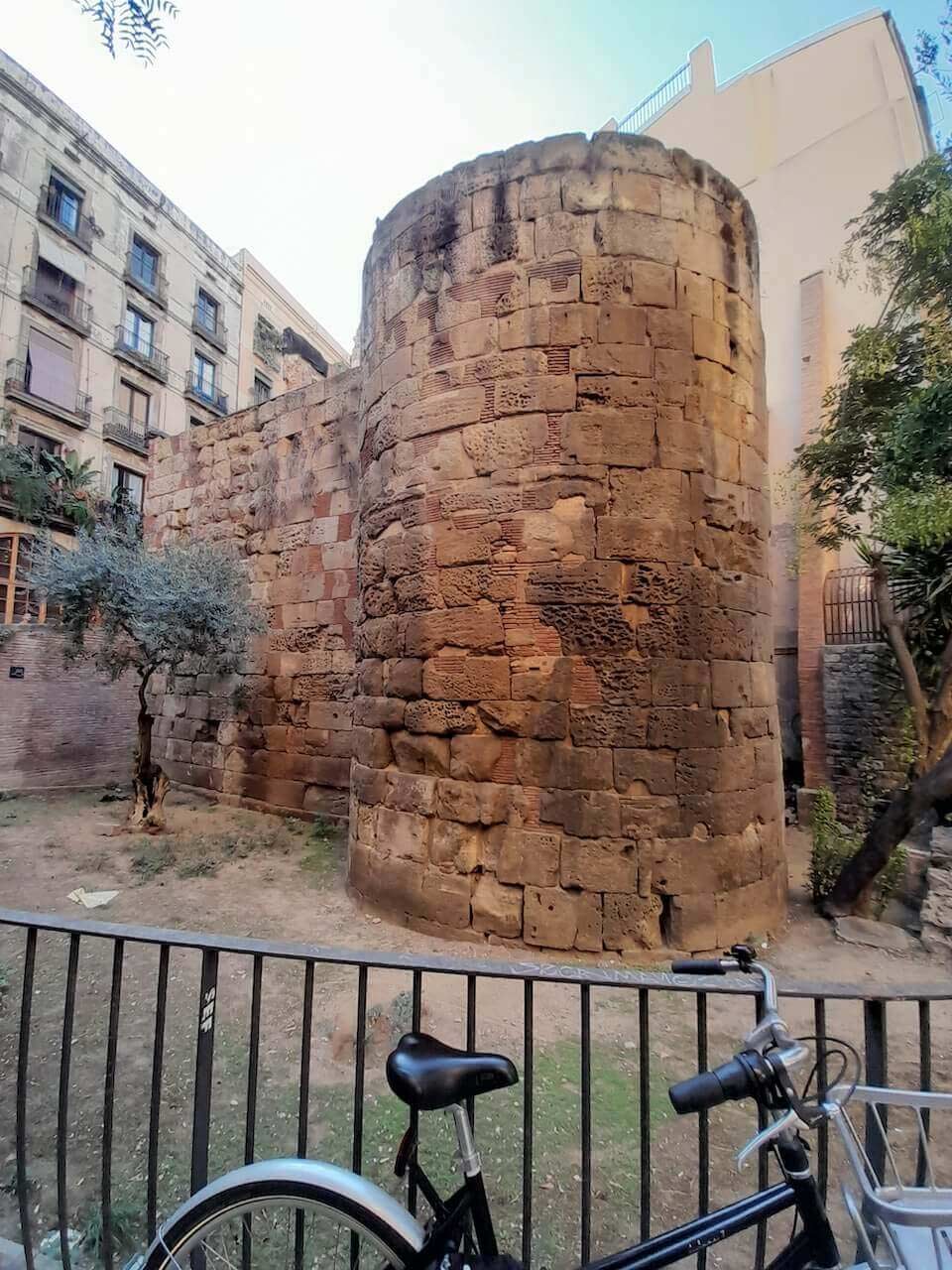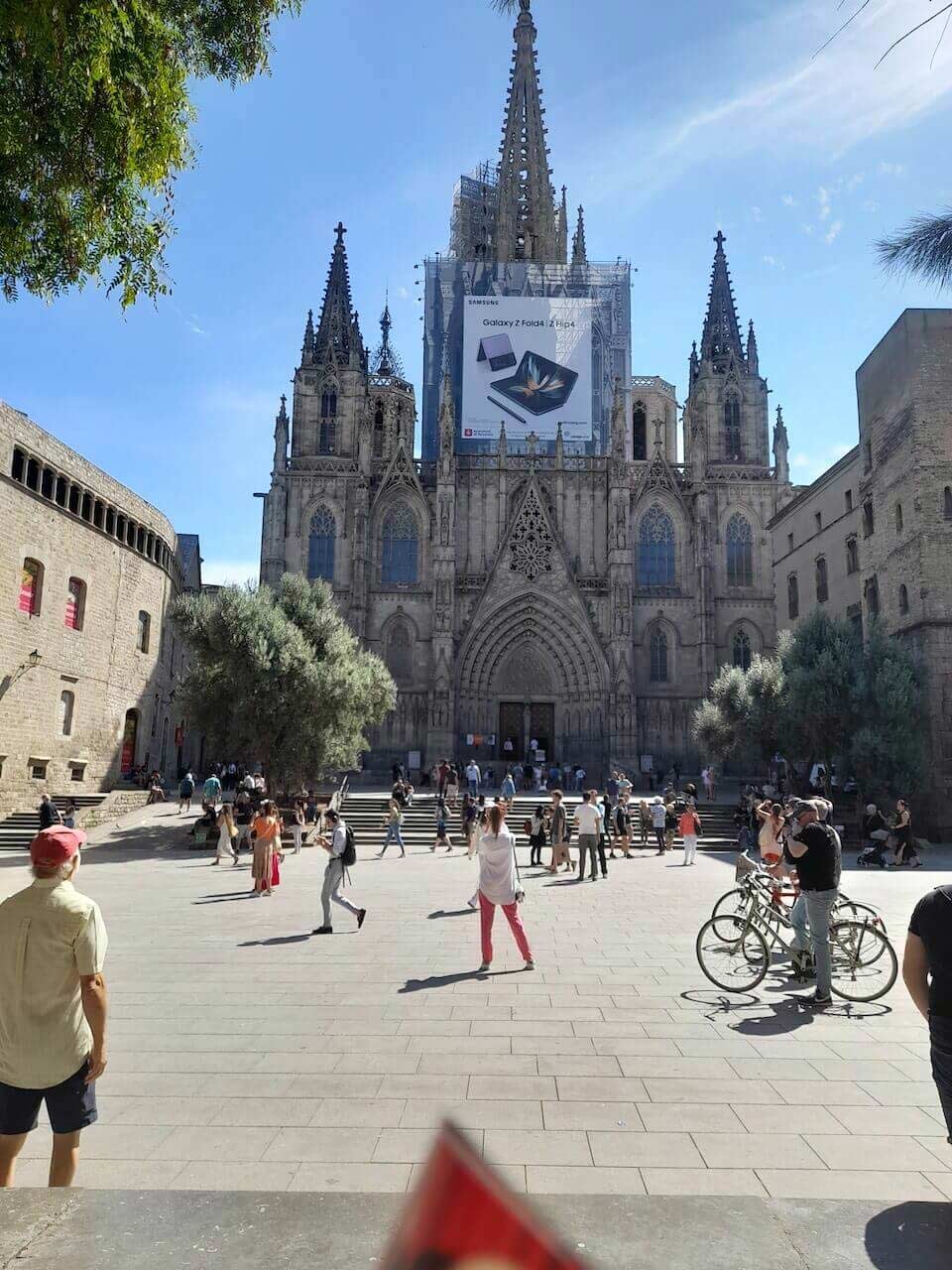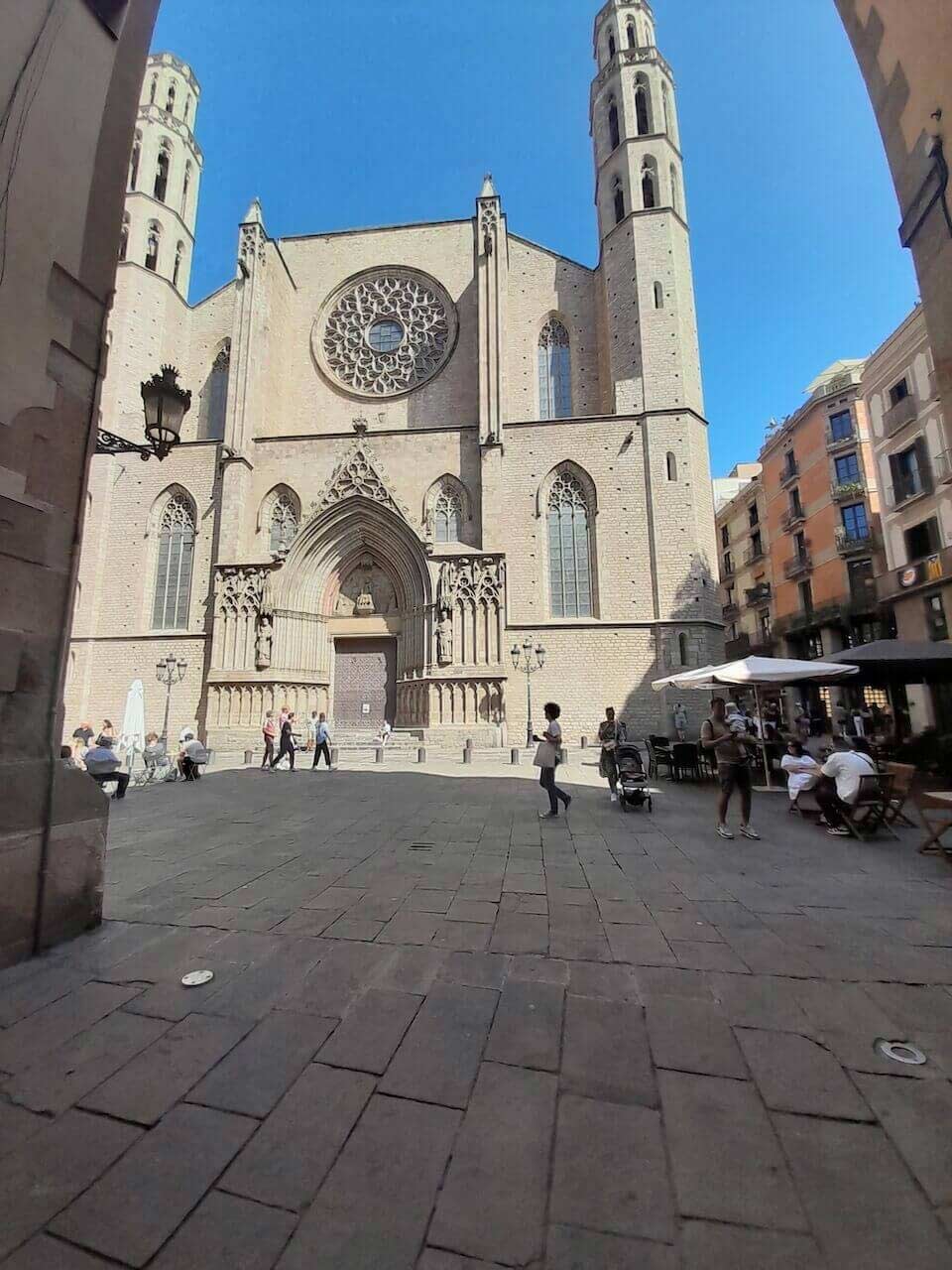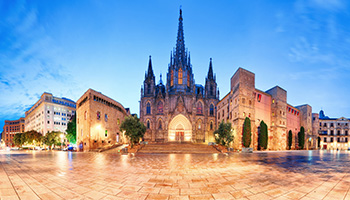Despite being modern and cosmopolitan, Barcelona cannot be truly experienced until one ventures to the oldest parts of the city: El Born and the Gothic Quarter. In these two areas, you will truly experience something you would never find in the United States, and get a glimpse of what life was like here centuries ago. Fortunately, both the Gothic Quarter and El Born are a short walk from the CEA CAPA Barcelona Center, meaning that you are able to easily visit these stunning neighborhoods before, after, or in between classes.
Inside the Gothic Quarter, you will witness the city's rich history that stretches back to ancient Rome. The Romans settled in Barcelona in 15 BC, under the reign of Rome's first emperor Augustus. The influence the Romans exerted on Barcelona and the entirety of Spain can still be felt to this day. The incorporation of Hispania, what the Romans called modern-day Spain and Portugal, led to the adaptation of Latin as a language. Latin is the basis of both Catalan and Spanish, and it is needless to say that you would hear different languages being spoken on the streets of Barcelona today if not for the Romans.

Throughout the Gothic Quarter, you'll find various ruins from the Roman city of Barquino, the precursor to modern Barcelona. These include the former walls of the city, remains of the ancient aqueduct, and columns that were a part of the temple of Augustus. The Roman ruins are the oldest structures you will find in the city, however, you are also able to find medieval buildings built in the Gothic style that are well preserved.
Despite the fact that a majority of the buildings in the Gothic Quarter and El Born were built in the late 19th and early 20th centuries, there are plenty of buildings you will find that stretch back to the Middle Ages. Here are four of my favorite medieval buildings that I highly recommend any student abroad to visit while in Barcelona:
-
The Cathedral of Barcelona

Arguably the most famous building in the Gothic Quarter, the Cathedral of Barcelona was constructed between the 13th and 15th centuries, being completed in 1448. However, many additions were added in the 19th century, such as the neo-Gothic facade that makes this building one of the most stunning in the entire city. The Cathedral of Barcelona is a truly monumental landmark, demonstrating the city's rich history and ability to add upon the foundations of ancient buildings over centuries.
-
Basilica de Santa Maria del Pi

Less than a five-minute walk from the Barcelona Cathedral, the Basilica de Santa Maria del Pi is truly a testament to the beauty of Barcelona's many cathedrals. With construction beginning in the 14th century, before being opened in 1453, the Basilica de Santa Maria del Pi has a history of over half a millennium.
-
Placa del Rei

The Placa del Rei is a medieval square surrounded by various buildings from the 14th to 16th centuries, most of which are a part of the Palacio Real Mayor, which served as the seat of Counts of Barcelona and Kings of Aragon during the Middle Ages. When standing in the Placa del Rei you feel as if you were back in time hundreds of years ago. The Placa del Rei is also home to the Barcelona History Museum, which I would highly recommend visiting.
-
Basilica de Santa Maria del Mar

Located in Barcelona's El Born neighborhood, the Basilica de Santa Maria del Mar is a classic example of Gothic architecture. It is ornately decorated, containing gargoyles, pointed arches, and stained-glass windows. Construction began in 1329, ending in 1383, making it one of the oldest and most well-preserved buildings in the Gothic Quarter.











